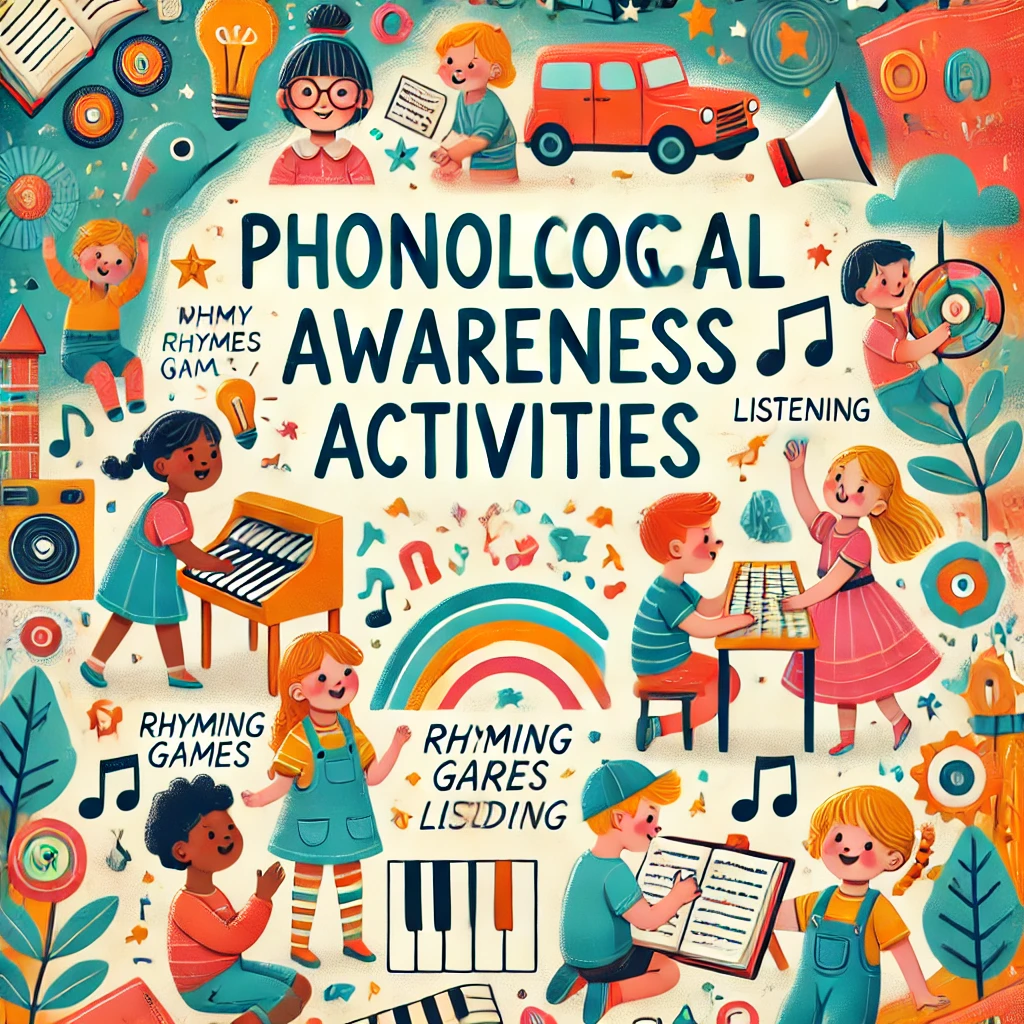In an age where information is abundant and distractions are everywhere, understanding what forces someone to take action is crucial. Whether you’re in marketing, leadership, or argument, the ability to convince is an invaluable skill. This article dives into the convincing strategies that effectively inspire action, exploring the psychological principles behind them and providing practical examples.
Understanding Persuasion
At its center, persuasion is about influencing others’ beliefs, attitudes, or behaviors. It’s not only about getting someone to agree with you; it’s about motivating them to take actual steps based on that agreement. The psychology of persuasion can be difficult but several major strategies are proven effective consistently. These major strategies are given below:
Establishing Credibility
Before you can persuade someone, you need to establish yourself as a credible source. This involves showcasing your expertise, integrity, and trustworthiness. Credibility can be built through:
Experience: Demonstrating a strong track record or relevant experience related to the subject matters.
Credentials: Highlighting educational background or endorsements from respective figures.
Transparency: Being open about theme and potential conflicts of interest.
For example, a health organization presenting new dietary guidelines is more likely to persuade the public if it includes research findings from reputable scientists and testimonials from satisfied users.
Understanding the audience
A successful convincing strategy requires a deep understanding of your audience. This involves recognizing their values, beliefs, and specific problems. Tailoring your message to resonate with the audience enhances its effectiveness. Here’s how to approach it:
Research: Conduct surveys or focus groups to gain insights into your audience’s preferences and concerns.
Empathy: Show genuine understanding of their experiences and challenges. This creates a connection that makes them more open-minded to your message.
For instance, an environmental campaign targeting urban dwellers may focus on local pollution levels and health impacts, while a rural audience might be more concerned about agricultural sustainability.
Utilizing Emotional Appeals
Emotions play an important role in decision-making. Persuasive messages that evoke strong emotions—such as fear, joy, or empathy—can encourage individuals into action. Here is a list how you can effectively utilize emotional appeals:
Storytelling: Share relatable stories that highlight the human experience behind the issue. Personal anecdotes can make abstract concepts feel real and urgent.
Visuals: Use powerful images or videos that resonate emotionally with your audience. Visual content can often convey complex messages more effectively than words alone.
Consider how nonprofit organizations often use heart-wrenching stories of individuals in need to encourage support for their causes. The emotional connection can lead to increased donations and volunteer sign-ups.
Creating A Sense of Urgency
A sense of urgency can motivate people to act quickly. When individuals perceive that time is limited or that an opportunity may slip away, they are more likely to take action. Strategies to create urgency include:
Deadlines: Set clear deadlines for actions, whether it’s signing a petition, donating, or registering for an event.
Scarcity: Highlight limited availability, such as a limited-time offer or a finite number of spots in a program.
For example, a fundraising campaign might announce that donations will be matched dollar-for-dollar for a limited time, encouraging immediate contributions.
Presenting Clear and Actionable Steps
Once you’ve persuaded someone to consider your viewpoint, it’s crucial to guide them on what to do next. Providing clear, actionable steps helps to cross the gap between intention and action. Here’s how to structure your call to action effectively:
Be Specific: Instead of a unclear “Get involved,” specify “Sign up for our newsletter” or “Join us for a community cleanup on Saturday.”
Simplify the Process: Reduce barriers to action by making the steps straightforward and easy to follow. Provide links, templates, or resources that facilitate the process.
A well-crafted call to action can transform passive agreement into active participation.
Utilizing Social Proof
People often look to others to determine their own behavior. This concept, known as social proof, can be a powerful tool in persuasion. When individuals see others taking action, they’re more likely to do the same. Ways to hold social proof include:
Testimonials: Share positive feedback from satisfied customers or beneficiaries. Real-world endorsements can validate your message.
Statistics: Present data that describes how many people have already taken action or support your cause.
For instance, a political campaign might highlight the number of supporters who have registered to vote, creating a sense of collective momentum.
Reciprocity: The give-and-Take Principle
The principle of reciprocity suggests that people feel convinced to return favors. If you provide value upfront, individuals may feel a natural inclination to respond positively. Strategies to utilize reciprocity include:
Free Resources: Offer valuable content, such as e-books, webinars, or trial memberships, without any immediate expectation in return.
Act of Kindness: Small gestures of goodwill can foster a sense of obligation, leading individuals to support your cause or initiative.
For example, a software company might offer a free trial of its product, encouraging users to eventually subscribe after experiencing its benefits.
Conclusion
Persuasion is both an art and a science, requiring a meaningful understanding of human psychology and effective communication strategies. By establishing credibility, understanding your audience, appealing to emotions, creating urgency, providing clear steps, leveraging social proof, and utilizing the principle of reciprocity, you can inspire action and drive meaningful change.
In a world overpowered with information, mastering these persuasive strategies can empower you to make a lasting impact, whether in business, advocacy, or personal endeavors. Ultimately, the goal of persuasion is not only to convince but to inspire action that leads to positive outcomes for individuals and communities alike.
Frequently Asked Questions (FAQs)
1. What is the primary goal of persuasive strategies?
The primary goal of persuasive strategies is to influence an individual’s beliefs, attitudes, or behaviors in a way that motivates them to take specific actions.
2. Why is understanding the audience important in persuasion?
Understanding the audience allows you to tailor your message to their values, beliefs, and pain points, making it more relevant and impactful, which enhances the chances of inspiring action.
3. What makes a call to action effective?
An effective call to action is specific, clear, and easy to follow. It should provide straightforward steps that lead the audience to the desired action, minimizing barriers to participation.
4. How does social proof work in persuasion?
Social proof leverages the tendency of people to look to others when deciding how to behave. By showcasing testimonials, success stories, or statistics, you can encourage individuals to follow suit.
5. How can I measure the effectiveness of my persuasive efforts?
You can measure effectiveness through metrics such as conversion rates, engagement levels, surveys, or feedback from your audience. Analyzing these results can help refine future persuasive strategies.
Found this helpful? Don’t miss out on our other great articles!



